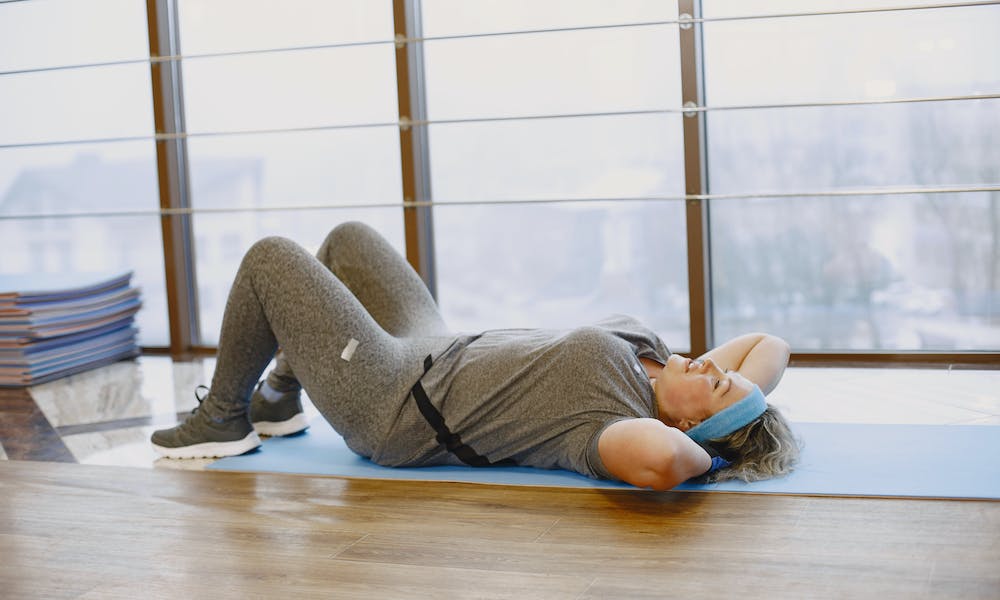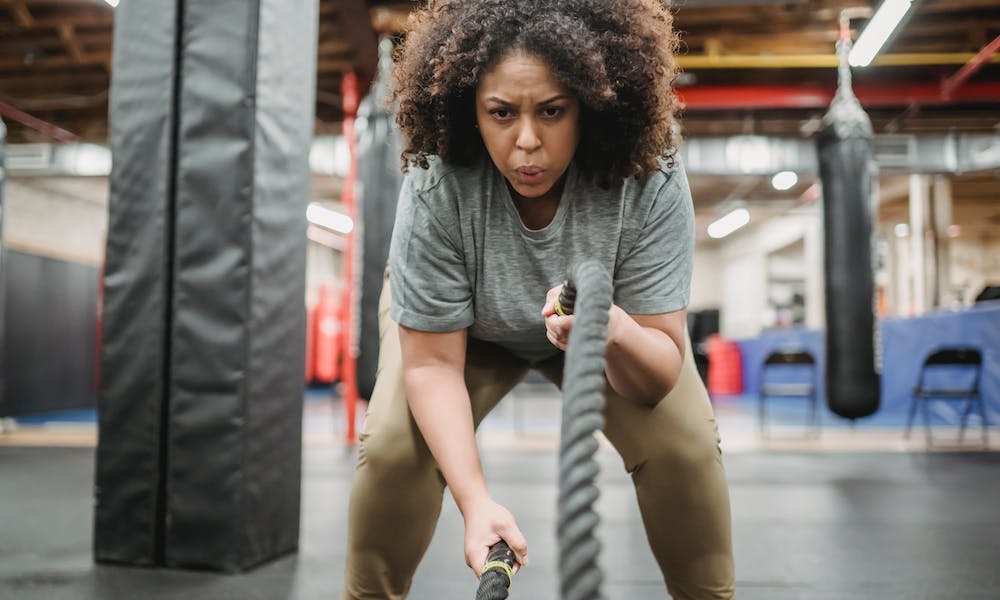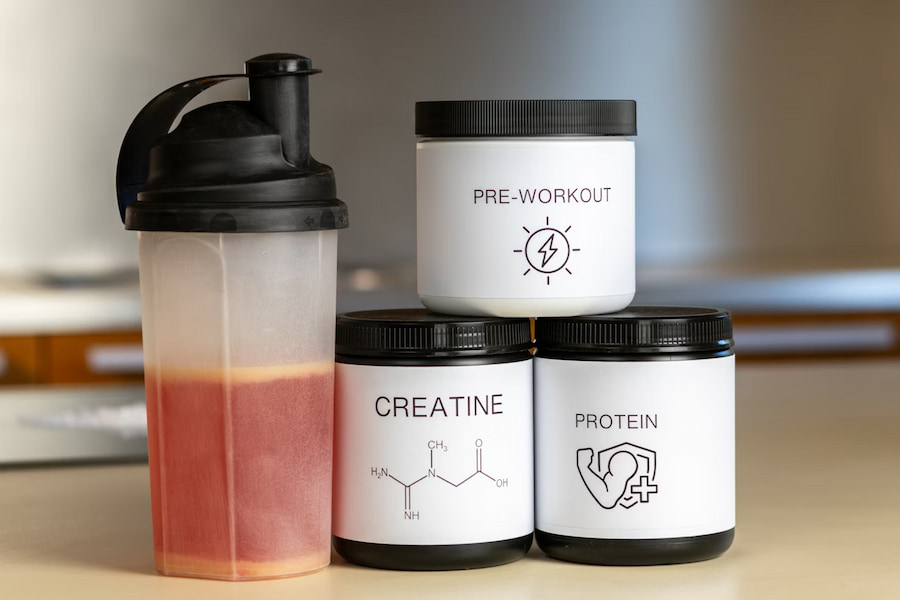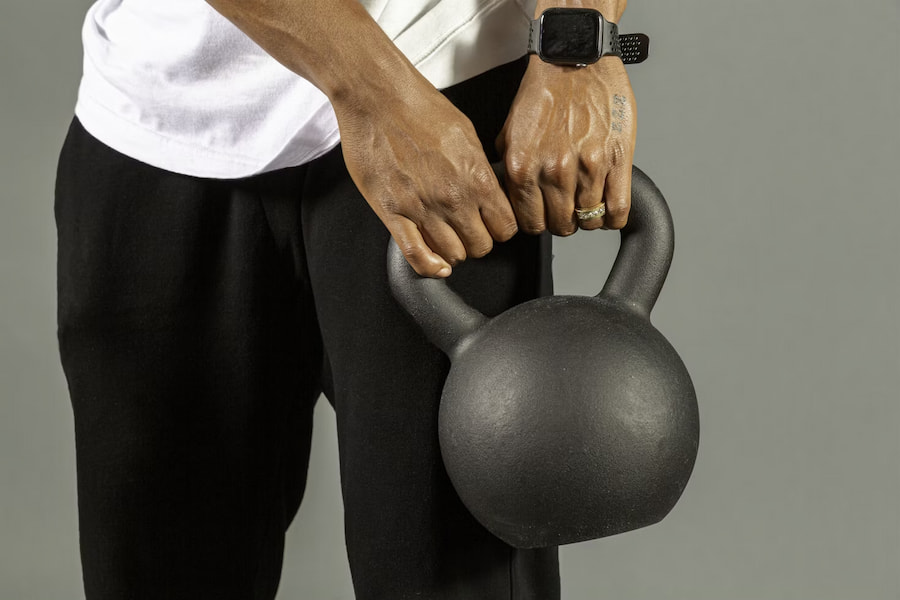Carving a chiselled six-pack is a fitness aspiration embraced by many, often leading down a path paved with diverse training methods and conflicting advice. While the quest for sculpted abs may lack a rigid blueprint, navigating it effectively requires debunking pervasive 6-pack myths that can impede progress.
This article tackles the most common misconceptions surrounding six-pack training, empowering you to optimise your core-strengthening journey with accurate knowledge and effective practices.

Myth 1: The Best Way to a Six-Pack is Through Crunches
The misconception that endless crunches pave the path to six-pack glory is a persistent yet detrimental one. While crunches engage the abdominal muscles, their calorie-burning capacity is limited, making them ineffective for significant fat reduction. Vispute, Smith, LeCheminant and Hurley from Southern Illinois University conducted a controlled trial and found that six weeks of abdominal exercise training is not sufficient to reduce abdominal subcutaneous fat.
The true obstacle to sculpted abs lies in the layer of fat obscuring them. To achieve the coveted definition, prioritising strategies for overall fat loss, including a balanced diet and a well-rounded exercise program, is paramount. Crunches may still play a role in strengthening your core but chasing abs solely through countless repetitions risks neglecting the fundamental factor: fat reduction.

Myth 2: A Low Carb Diet is a Must
The allure of low-carb diets for sculpting abs is undeniable. Their association with fat loss and metabolic advantages is well-documented. However, a one-size-fits-all approach isn’t always optimal. For some individuals, drastic carb restriction can lead to unpleasant side effects and reduced adherence, ultimately hindering progress. Recognising individual variability is crucial. Opting for a balanced, mixed-macronutrient approach may be more sustainable and effective for those who struggle with low-carb diets.
Remember, building a strong core requires a holistic approach, not just dietary restrictions. Listen to your body and adjust your dietary strategy for optimal results and long-term adherence.

Myth 3: You Need to Elevate Cardio to Get Results
The misconception that sculpted abs necessitates endless hours of cardio prevails, often leading to monotonous and unsustainable routines. While cardio training does offer calorie-burning benefits, including the metabolic boost from interval training, it’s not the sole path to abdominal fat loss.
Here’s why:
Spot reduction is a myth. Targeting fat loss in specific areas isn’t possible. Overall body fat percentage plays a crucial role in revealing abdominal muscles. Strength training plays a key role: Building muscle mass through resistance training increases your metabolic rate, even at rest, leading to more efficient fat burning throughout the day. Strong core muscles also improve posture and support spinal health.

Myth 4: It Boils Down to Genetics
While genetics influence your muscle fibre composition and predispositions, they don’t dictate your abdominal definition. Men and women naturally possess varying muscle structures, leading to diverse abdominal musculature, from four to eight-pack configurations. Attributing your midsection appearance solely to genetics can be demotivating and ignores the potential for sculpting your core through dedicated effort.
Bear in mind that consistent training and a healthy lifestyle can significantly impact your abdominal definition, regardless of your genetic makeup. Embrace your unique biology and focus on maximising your potential through personalised strategies.

Myth 5: Fat Burner is Necessary
The allure of fat burner supplements for achieving six-pack abs is certainly tempting. While these products may claim to accelerate fat reduction, their effectiveness is often questionable and their impact on abdominal fat specifically is largely unsubstantiated. Remember, sculpted abs are built on a foundation of consistent effort, not magic pills.

Myth 6: Machines are the Answer
Sure, exercise machines can target specific abdominal muscles, but they often neglect the crucial stabiliser muscles surrounding your core and lower back. These stabilisers are essential for overall core strength, function, and injury prevention.
What Works Best to Build a Strong Core?
Your core encompasses a much wider powerhouse, including your hips, back, and even your shoulders. To unlock its full potential, grab some weights for a loaded carry walk. This simple yet powerful exercise engages all your core muscles, building stability, strength, and endurance from the ground up.
So, skip the isolation and embrace the integration. Your core will thank you for it!
Increase the Load
For a core workout that transcends aesthetics, try loaded carries. Lugging a weight (like a dumbbell or kettlebell) while you walk activates a symphony of core muscles, from your shoulders and back down to your hips. This holistic approach doesn’t just sculpt six-pack abs; it builds functional strength and stability that translates to everyday activities like carrying groceries, tackling furniture, or simply getting out of bed.
Hold and Stroll
Loaded carries, where you walk while holding weights, engage a wider range of muscles than traditional core exercises, building stability, strength, and endurance from the ground up. They’re also surprisingly versatile, fitting seamlessly into your existing routine or forming a core-focused workout on their own.
Here are three beginner-friendly loaded carries to get you started:
1. Farmer’s Walk
- Start with moderate dumbbells or kettlebells, similar to your bicep curl weight.
- Stand tall, arms at sides. Take a deep breath, brace your abs, and exhale completely.
- Walk for 1 minute, mimicking a farmer carrying buckets. Breathe consistently, maintain good posture, and feel the core tension.
- Rest for 30 seconds, then do 2-3 sets.
- Feel easy? Extend walk time or add weight. Too hard? Decrease walk time or weight.
2. Cross-body Carry
- Similar to the Farmer’s Walk, start with moderate weights (dumbbells or kettlebells). Hold one weight overhead with a straight arm, the other at your side.
- Engage your core by squeezing your abs and maintaining good posture. Walk for 1 minute, focusing on balance and stability.
- Rest for 30 seconds, then swap hand positions and repeat. Aim for 2-3 sets, adjusting weight and walking time as needed.
If overhead feels too challenging, lower the weight to shoulder level. The asymmetry strengthens your core in novel ways, improving overall stability and functional strength.
3. Suitcase Carry
- Grab a moderate weight (dumbbell or kettlebell) in one hand, letting the other arm hang naturally.
- Walk for 1 minute, engaging your core to keep your spine straight and avoid tilting toward the weight. Focus on symmetry and balance.
- Rest for 30 seconds, then swap hands and repeat for 2-3 sets. Adjust weight and walking time as needed.
The unilateral load strengthens your core unevenly, forcing you to stabilise and protect your back when carrying loads in real-world situations. This builds more functional core strength and prevents imbalances.

Conclusion
A strong core is important as it produces a number of benefits. Thus, building a strong core takes time and dedication. By separating fact from fiction about six-pack goals, you’ll set realistic expectations, choose effective strategies, and ultimately find success in your core-strengthening journey.